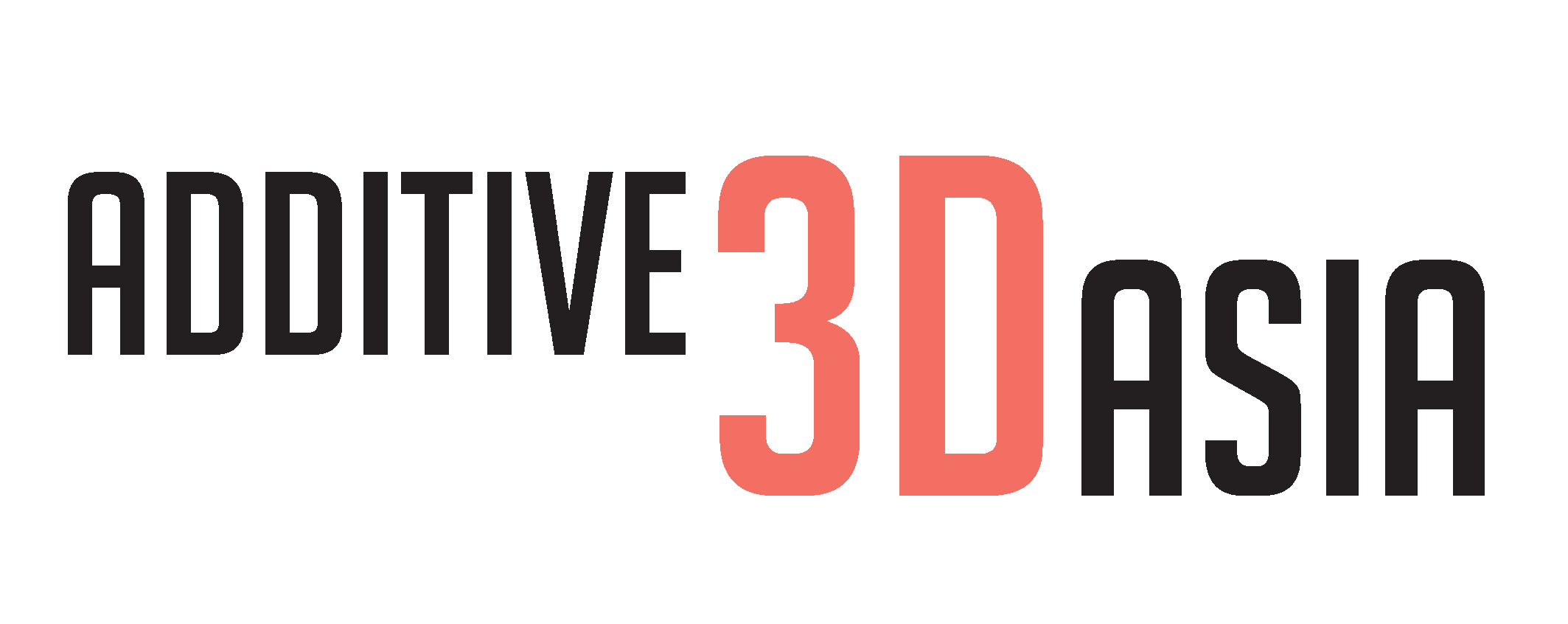Is 3D Printing Environmentally Friendly?
3D printing, also known as additive manufacturing, has been around for a few decades now and is being used in various industries to create all sorts of products. While the technology itself is quite fascinating, one question that’s always on people’s minds when it comes to 3D printers is what kind of environmental impact they have.
In this article, we will be looking into the environmental impact of 3D printing, and how you can use 3D printing while still protecting the environment.
5 environmental benefits of 3D printing
There are a few benefits of 3D printing when it comes to sustainability, including the following:
1. More sustainable than traditional methods
More often than not, factories that traditionally produced models and prototypes use lots of energy and produce a high rate of emissions. On the other hand, 3D printing processes use far less energy and produce fewer emissions in the process. In fact, 3D printing could slash CO2 emissions by up to 5% by 2025.
2. Materials used are biodegradable and renewable
Common materials used in 3D printing are thermoplastics PLA (polylactic acid), and ABS (acrylonitrile butadiene styrene). PLA is environmentally friendly because it’s made from materials like tapioca, corn, and sugar cane. ABS is tough as it’s petro-plastic, but recyclable. Other plastics used include nylon, PET( polystyrene) and water-soluble and biodegradable PVA (polyvinyl alcohol).
3. 3D Printing can prolongs the use of older equipment
Because 3D printing can create spare parts for just about anything, including furniture, cars and equipment, it helps prolong the life expectancy of older equipment. Learn more about how the lifespan of your equipment can be extended with 3D printing.
4. Print on demand while addressing supply chain challenges
Additionally, 3D printing is impacting the world’s supply chains because it produces goods close to their markets and increases manufacturing speed. For example, you have Additive3D Asia in Singapore to rely on to address your supply chain challenges.
5. Local 3D printing services reduce the need for shipping
Finally, as 3D printing services move production closer to organisations that need them most, this reduces the need for expensive shipping. In future, 3D printing services can be leveraged to produce more goods, including large items like vehicles, near the preferred destination.
Brands that incorporated 3D printing for sustainability
With that in mind, here are three brands that have already begun incorporating 3D printing into their sustainable strategies, starting with BMW. As part of BMW’s i Vision Circular, its new electric compact car due out in 2040, includes mono-materials that are manufactured through 3D printing processes that allow precision.

The thought behind the i Vision Circular is to reduce components and use recycled material and bio-based raw materials. 3D printing is used to create materials and parts.
Among the top construction 3D printing companies globally, Italian firm WASP, (World’s Advanced Saving Project) builds 3D printers. One, Big Delta, is 40 feet high and can create a shelter in a few days using a clay and straw mixture. WASP has linked with Mario Cucinella Architects to create a 3D printed circular eco-house named TECLA, built with recyclable and reusable materials.
The possibilities are endless – right down to 3D printing wood waste to replace rosewood, a valuable timber that’s been over-harvested until there’s almost none left.

Desktop Metal, an additive manufacturer in Massachusetts, launched Forust that uses waste from wood manufacturing (cellulose dust), and the paper industry (lignin) to make wooden objects using high-speed 3D printing. It even adds grains like ebony, ash, mahogany and rosewood to the finished products.
Make a difference with 3D printing
Sustainability is becoming an increasingly important factor for brands when it comes to product design and manufacturing. For many companies, this means looking into sustainable materials and practices such as using recycled materials or reducing waste. Reach out to Additive3D Asia to make your manufacturing practices more eco-friendly.
We can help you with all your 3D printing and low volume additive manufacturing in Singapore. Reach out for an instant quote to get started.

